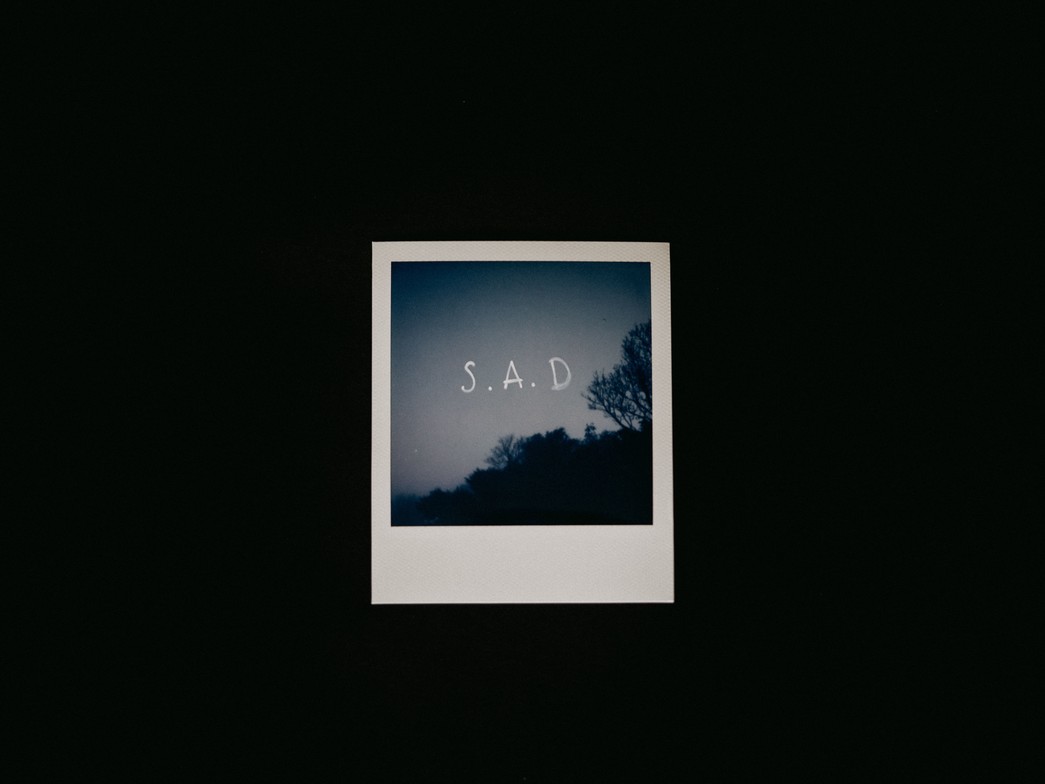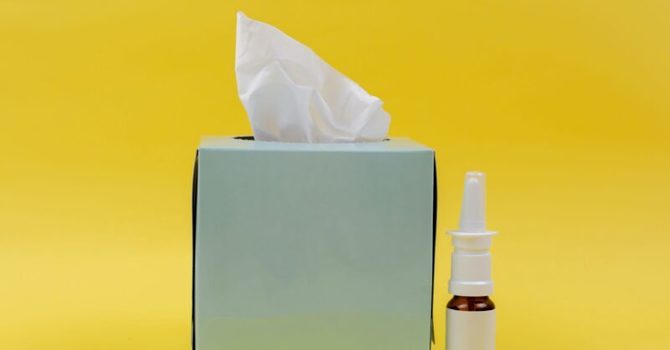
A Holistic Approach to Seasonal Affective Disorder
Seasonal Affective Disorder (SAD) is a form of depression that occurs seasonally, most commonly during the fall and winter months when daylight hours are shorter. While conventional treatments like antidepressant medications can be effective, many individuals seek natural and holistic approaches to feel better. Naturopathic medicine offers various therapies to help individuals combat SAD.
Nutrition
Nutrition plays a crucial role in managing SAD symptoms. A naturopathic approach to nutrition for SAD involves consuming foods rich in specific nutrients that can help regulate mood. Vitamin D, commonly referred to as the “sunshine vitamin,” is essential for mood regulation. As sunlight exposure decreases during the winter, many people become deficient in this vitamin. Recommendations often include vitamin D supplements or eating more vitamin D-rich foods such as fatty fish, fortified dairy products, and egg yolks.
In order to determine how much vitamin D you need, naturopathic doctors can order a vitamin D blood test to help you ensure you are taking the right amount for you.
Acupuncture
Acupuncture is an ancient Asian practice that involves inserting thin needles into specific points on the body to stimulate energy flow. In naturopathic medicine, acupuncture is considered an effective option for managing SAD. The use of acupuncture for SAD is best started in the fall, in order to help prevent changes to mood as daylight hours diminish in the winter.
Many people report improved mood, reduced anxiety, and better sleep quality after regular acupuncture treatments.
Herbal Medicine
Herbal medicine has a long history of use in naturopathic approaches to mental health. Several herbs are known for their mood-enhancing properties and are often recommended to individuals with SAD. One such herb is St. John’s Wort, which has been studied for its antidepressant effects. It is believed to increase the levels of serotonin, a neurotransmitter associated with mood regulation. However, it’s essential to consult with a naturopathic doctor before using herbal remedies, as they can interact with medications and may not be suitable for everyone.
Light Therapy
One of the hallmark treatments for SAD is light therapy. This therapy involves exposure to a bright light source that mimics natural sunlight. It is believed to help regulate the body’s circadian rhythms and boost mood. Studies have found it to be effective and even as effective as cognitive behavioural therapy for SAD.
Daily sessions of light therapy can significantly alleviate SAD symptoms. It’s essential to choose a high-quality light therapy device with the correct intensity in order to get optimal results. I help patients choose the right light for them, determining the appropriate duration and timing of light exposure.
Seasonal mood changes can be challenging to face, but naturopathic medicine offers a holistic approach that focuses on nutrition, acupuncture, herbal medicine, and light therapy. By addressing symptoms of SAD proactively, especially in September and October, many individuals can enjoy a more balanced mood during the darker months of the year.

Shawn Peters
Contact Me



